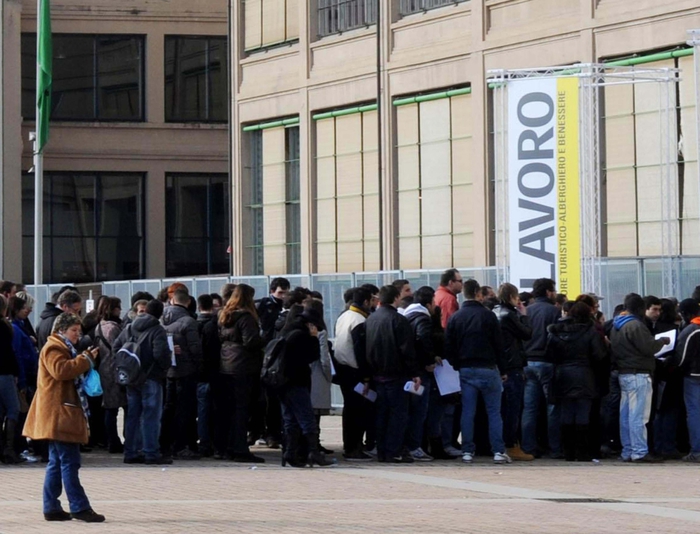This is one of the countless consequences of the pandemic.
For the first time in twenty years, child labor is on the rise around the world.
A joint report by the International Labor Organization (ILO) and Unicef, released on Thursday, estimates that at the start of 2020, 160 million children were forced to work, or 8.4 million more in four years .
An increase also linked to a strong increase in the population of 5-17 year olds in the world, specifies on the phone, Michaelle De Cock,
responsible for the research and evaluation unit within the ILO.
“To date, there are 222 million working children.
Among them, 160 million are forced to abolish forms of work, in other words illegal.
This concerns nearly one in ten children, ”she reports.
All work is considered prohibited for minors under 12, according to international conventions.
The study, published every four years, so far shows that half of all working children are now between the ages of five and eleven.
If this upsurge began before the Covid-19 pandemic upset the global economy, the trend could increase in the coming months, if nothing is done to help families plunged into poverty, warns the ILO.
"If social protections fall from their current level, due to austerity measures and other factors, the number of children forced to work could jump by 46 million" by the end of 2022, warns Claudia Cappa, statistician at Unicef and co-author of the report.
Informal work very present in Africa
Among the most affected regions are sub-Saharan Africa, in the grip of extreme poverty, with nearly 87 million working children, followed by the Asian continent (48.7 million) and Latin America (8, 2 millions).
However, it should be noted that the proportion of working miners tends to fall in these last two regions of the world.
In general, child labor remains three times more prevalent in rural areas than in urban centers. The phenomenon is mainly concentrated in the field of agriculture (112 million), then the service sector (31.4 million), ahead of that of industry (16.5 million).
Another observation is that this informal work strikes boys more than girls.
There are thus 97 million male workers out of a total of 160 million working children at the start of 2020. A trend that can be found in all age categories but which deserves to be qualified, insists Michaelle De Cock.
“Culturally, families are more likely to call on boys to carry and transport goods.
But this gender gap is reduced when we take into account household chores, mainly performed by girls ”.
"We see a lot of injuries, burns, fractures"
The overwhelming majority of this work takes place within the family unit, often on a farm or micro-enterprise. But contrary to popular belief, working in contact with relatives does not guarantee the child to evolve in a safer environment, remarks Michaelle De Cock. The proof is that nearly half of children aged 12 to 14 required to work in a family environment perform tasks that may be harmful to their health, safety or moral development.
“In the field, we see a lot of injuries, burns, fractures.
The danger can come from working conditions (for example, a child who injures himself while handling sharp objects), but also from the environment (a child who inhales toxic dust in a mine, or chemicals in a factory) », Reports the statistician.
A vicious circle of poverty
Finally, extended working weeks obviously limit any schooling, leading to vicious circles of poverty from one generation to the next. “It is said that poverty leads to child labor. But the reverse is just as true! Children who work will have poor health, will not be able to train for a trade. Ultimately, this leads to a decline in employability. Beyond the individual impact, child labor is therefore even bad for a country's economy, ”says Michaelle De Cock.
If the phenomenon is likely to worsen with the closures of schools and the increasingly restricted national budgets linked to the health crisis, solutions exist, notes the report. For the ILO, these are first and foremost based on better mutual aid between countries, back-to-school campaigns and debt relief in certain troubled states. “Finally, the priority remains to guarantee decent work for families. Because if parents work, they will no longer have to force their children to do the same, ”concludes the statistician.














/cloudfront-eu-central-1.images.arcpublishing.com/prisa/IGZ7GOCXZ5GUPAQ2HWGK6Z76BU.jpg)